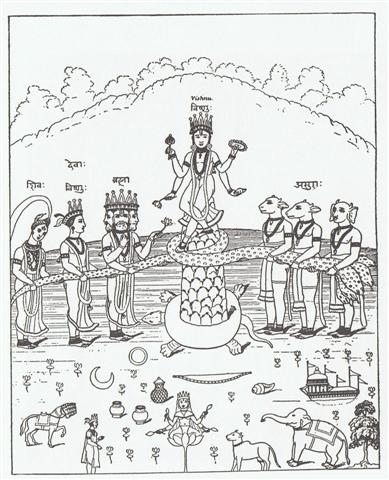|
TRANSLATIONS
The link 'a separate page' leads to:
The rat was the only mammal land creature on Easter Island, therefore it became a symbol for 'land' (summer). The fish was its opposite. If there was a taboo on fishing during winter, then there ought to have been a taboo on eating rats in summer. The rest of the ancient world should also associate winter (according to the stars) with water and with fishes. Therefore, when in Tangaroa Uri (October, the '8th month') the thanksgiving festival Hakakio defined the end of the season of fishing taboo, it is not surprising to find Pisces at spring equinox (north of the equator). In Sweden we have a children's rhyme, which we repeat when we have managed to fool someone on April 1: April, April, din dumma sill! // Jag kan lura dig vart jag vill! (April, April, you stupid herring! // I can make fun of you at any time!) Eggs we still count in twenties (scores), presumably in deference to ancient tradition. On the Gilbert Islands 20 was the base of counting time, perhaps because time was seen as cycles (mata). Round things of every kind could be counted together, but not together with for instance oblong objects. The calendar with 18 * 20 = 360 days to be read about from the arms in the picture from India above, indicates that 20 is equal to 10 + 10 (with an elbow between). Also the Mayan calendar I have been using as a reference has 18 months with 20 days in each:
With India and the Gilbert Islands in the west and with Maya-land in the east it would be strange if this system was not found on Easter Island. We can guess there are 20 days per glyph at the beginning of side a of Tahua:
Beyond day 300 the sun sign (hetuu) has a cycle (mata) at its center. From there we should be thinking in terms of 'eggs' and count anew. 720 at Aa1-36 can therefore be recounted as 720 - 300 = 420, which is a number for the Moon. She has scores of nights. |


































